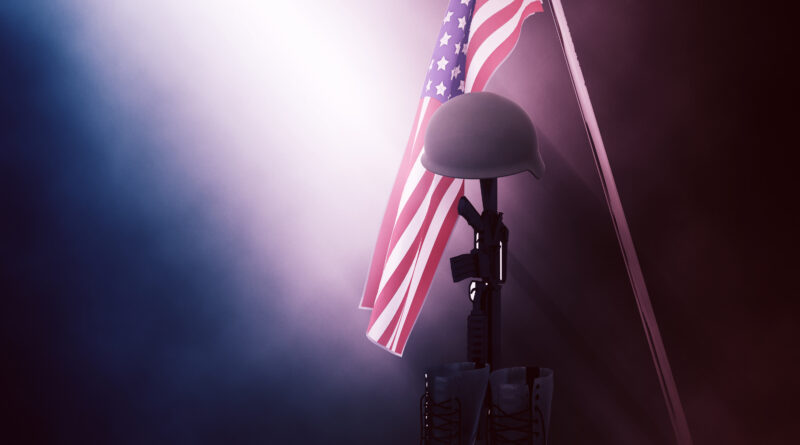History of shootouts-US presidents
The history of the United States presidency is rich with stories of bravery, leadership, and, on occasion, danger. Several US presidents have been attacked by gunmen or participated in shootouts over the years, underlining the hazards and responsibilities of governing the country.
Richard Lawrence tried to assassinate President Andrew Jackson outside the US Capitol. Lawrence’s pistols misfired, but Jackson survived the assault.
President Abraham Lincoln was assassinated by John Wilkes Booth at Ford’s Theatre in Washington, D.C. Booth shot Lincoln in the head during a performance, and Lincoln died the next day.
While running for a third term as president in Milwaukee, Wisconsin, Theodore Roosevelt was shot in the chest by an attempted assassin, John Schrank. Roosevelt, surprisingly, continued to give his address despite his injury.
4.Harry S. Truman (1950)
On November 1, 1950, Puerto Rican nationalists Oscar Collazo and Griselio Torresola attempted to assassinate President Truman at Blair House in Washington, D.C., where he was residing during repairs to the White House. A shootout with police erupted, killing Torresola and a police officer. Collazo was injured and sentenced to death (which Truman commuted to life in prison).
In September 1975, President Gerald Ford survived two assassination attempts. The first effort was made in Sacramento, California, by Lynette “Squeaky” Fromme, a Charles Manson devotee, to shoot Ford. The second attempt took place in San Francisco, where Sara Jane Moore fired a gun at Ford but was stopped by a spectator
conclusion
Finally, the history of presidential shootouts highlights both the vulnerability and resilience of the nation’s highest office. From early assassination attempts on Andrew Jackson and Abraham Lincoln to more recent attacks on Gerald Ford, each occurrence has left a permanent mark on American history. These incidents have led improvements in presidential security procedures while also highlighting the determination and resilience of presidents such as Theodore Roosevelt, who famously continued to address the people after being wounded.
Also, these times serve as reminders of the fundamental passions and tensions that might frequently escalate into violence in a democracy. Despite these hurdles, the president succeeded, supported by leaders’ will and security forces’ vigilance.
Looking ahead, these historical lessons continue to influence current discussions about presidential safety and the obligations that come with holding the highest office in the land. As the country advances, so does its approach to protecting individuals who serve as leaders, ensuring that the legacy of previous tragedies contributes to a safer and more secure future for everybody.

